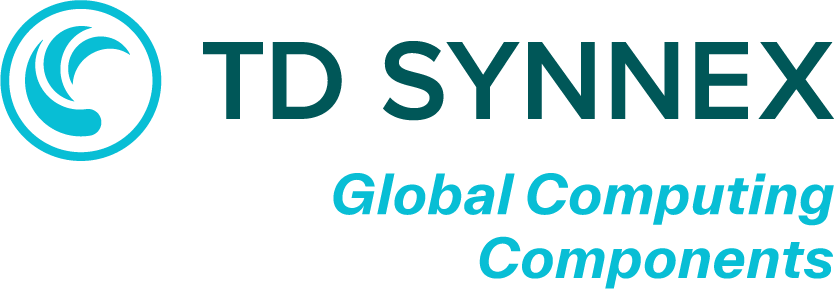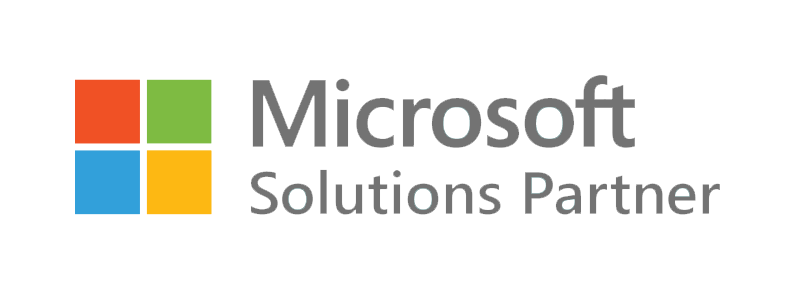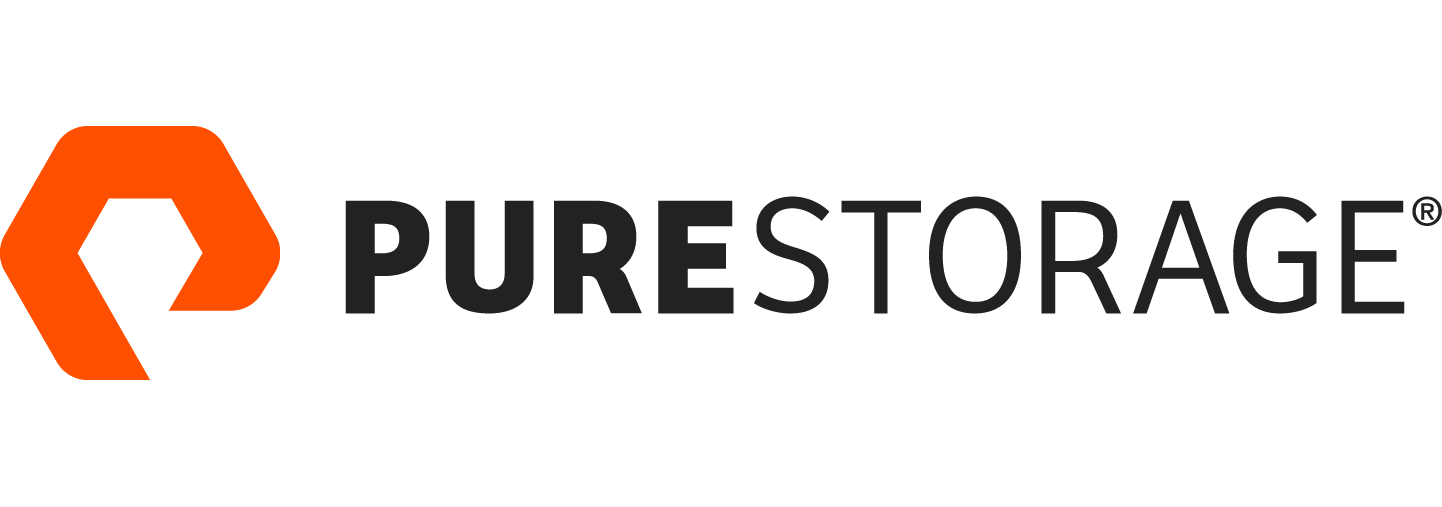Quantum computing is a new way of processing information using the laws of quantum physics, which describe how tiny particles like atoms and photons behave. Where classical computers use “bits” that can either be in a state that represents a 0 or a 1, quantum computers use quantum particles as their bits (known as qubits). These qubits behave in ways that are not easily understandable to the non-scientist and it’s these strange behaviours that enable quantum computers to perform certain tasks faster than classical computers. Qubits can be put in a superposition state (1) that encodes all possible input values (an exponential increase over the classic 0 or 1). Performing the computation on this initial state will result in superposition of all the corresponding output values. In the time it takes a traditional computer to compute the output for a single input state, a quantum computer can compute the results for all input states. This process is known as quantum parallelism (2) and is the reason why quantum computers can be exponentially faster than traditional computers.


























